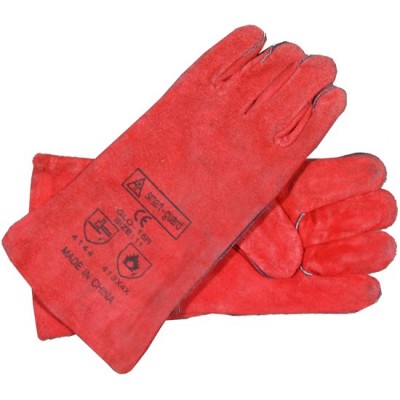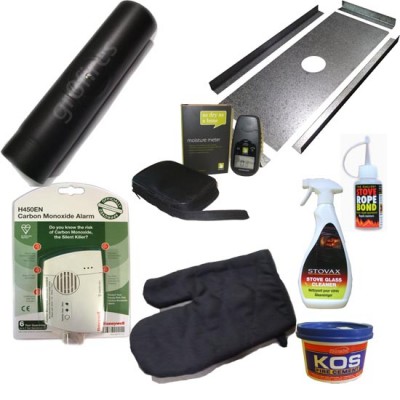1. Carbon monoxide alarm
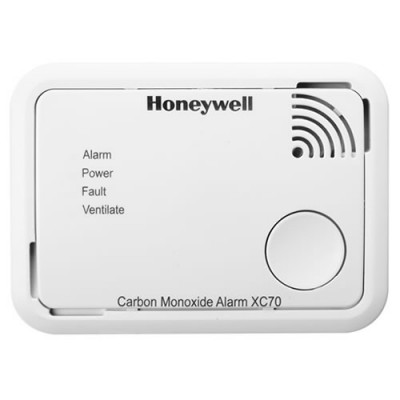
This one is now set out in the law of the land: every new wood-burning stove owner must have a carbon monoxide alarm. Like any appliances that involve something being burnt, stoves can be susceptible to carbon monoxide leaks.
A carbon monoxide alarm ensures that in the unlikely event of that happening, your household will be aware of the leak before the deadly gas has had the chance to cause any tragedies. Have a closer look.
2. Moisture meter
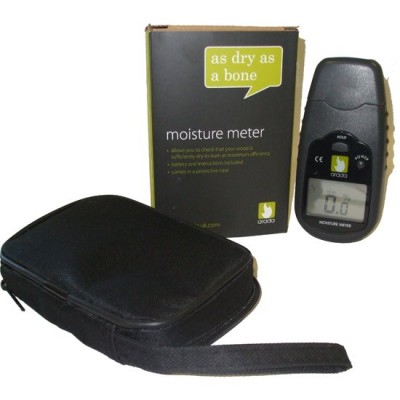
A moisture meter is a digital gadget that measures the water content of a piece of wood. This allows you to test how much moisture is in a log before you put it on your stove. Burning wood that has a high moisture content increases the chance of creosote build-up in your flue (and consequently increases the risk of chimney fires). It also means that your stove is wasting a lot of energy on evaporating water rather than heating the room. Have a closer look.
3. Stove pipe thermometer
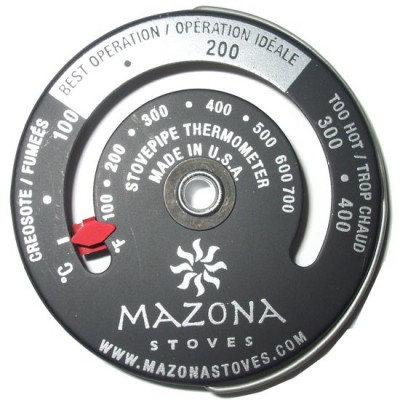
A stove pipe thermometer is a vital accessory for any wood-burning stove owner. It tells you the temperature at which your stove is operating, which you can compare to an approximate optimum temperature displayed on the thermometer and, more importantly, the manufacturer’s guidelines on the temperature at which your appliance is supposed to run.
Using a stove pipe thermometer in this way helps to prevent damage to the stove’s internal parts, glass and flue, which can be caused by overfiring your stove (i.e. operating it too high a temperature). It also helps you to save money on fuel by highlighting if you’re using the appliance inefficiently. Running the stove too cold or too hot can result in a less efficient burn. Have a closer look.
4. Companion set
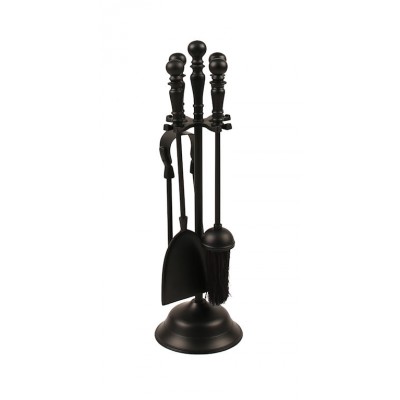
Whatever interaction you’re having with your woodburner, it’s usually far easier and cleaner if you happen to have a companion set nearby. Adding fuel, moving fuel, cleaning your stove, tidying the hearth – all much simpler tasks with the aid of a companion set.
Companion sets may include all of or a combination of tongs, poker, brush and shovel. Have a closer look.
5. Stove gloves
As with a companion set, anything you need to do to or around your woodburner is much more straightforward if you’re equipped with a pair of stove gloves.
Jobs like opening the door and adding fuel are much cleaner and safer with the aid of gloves. Have a closer look.

